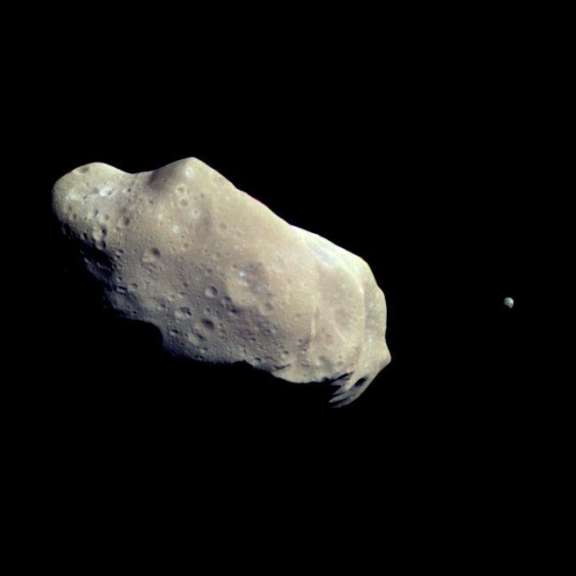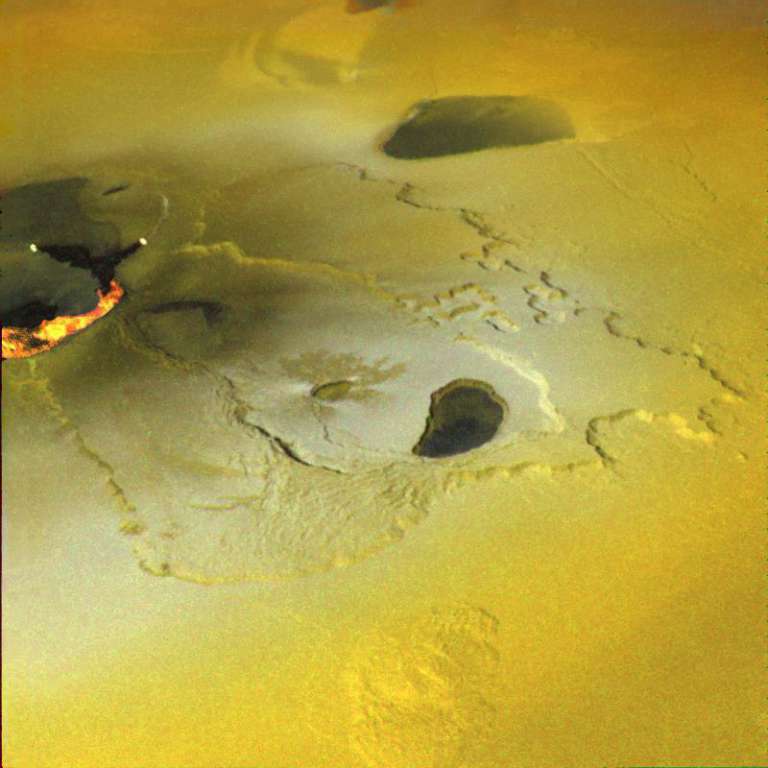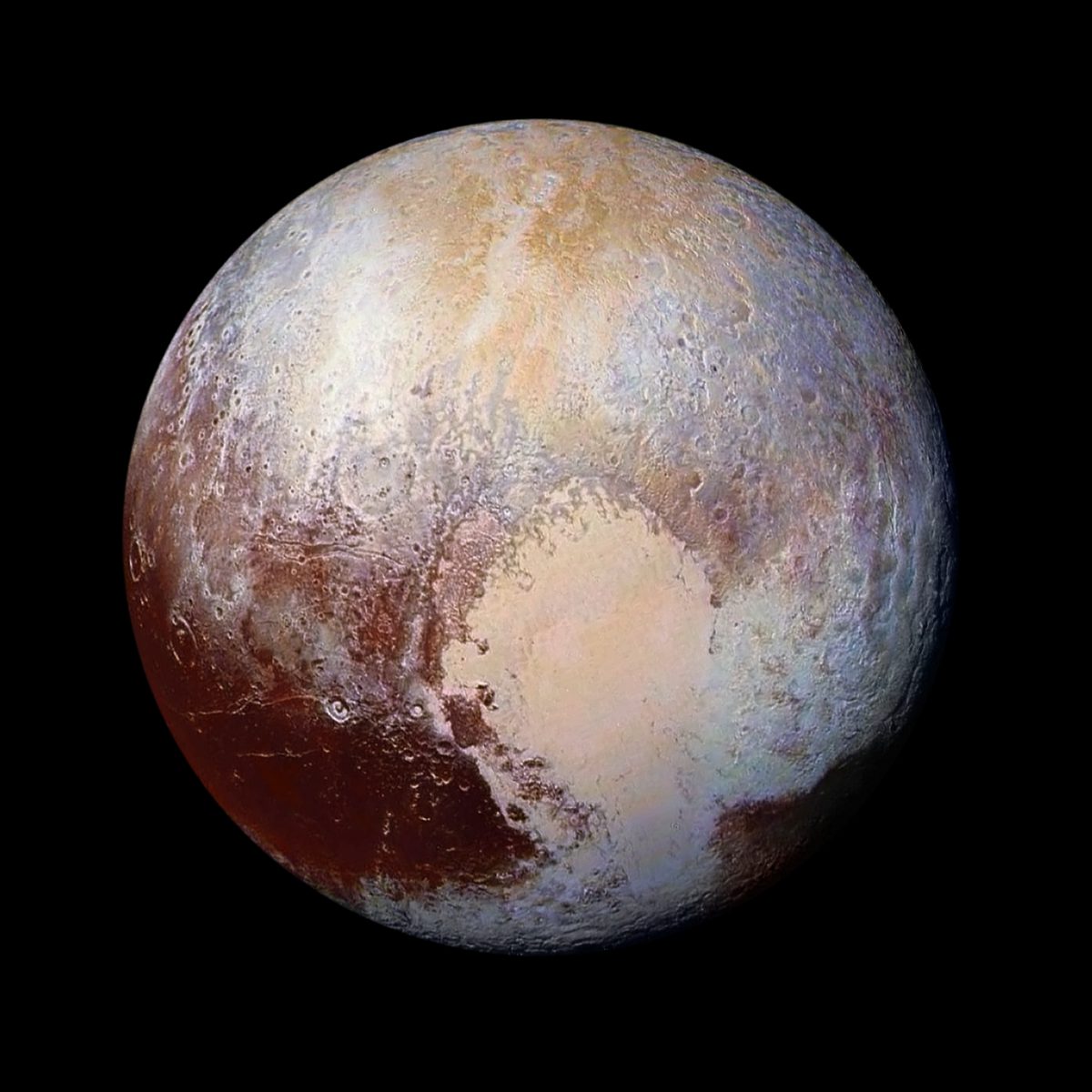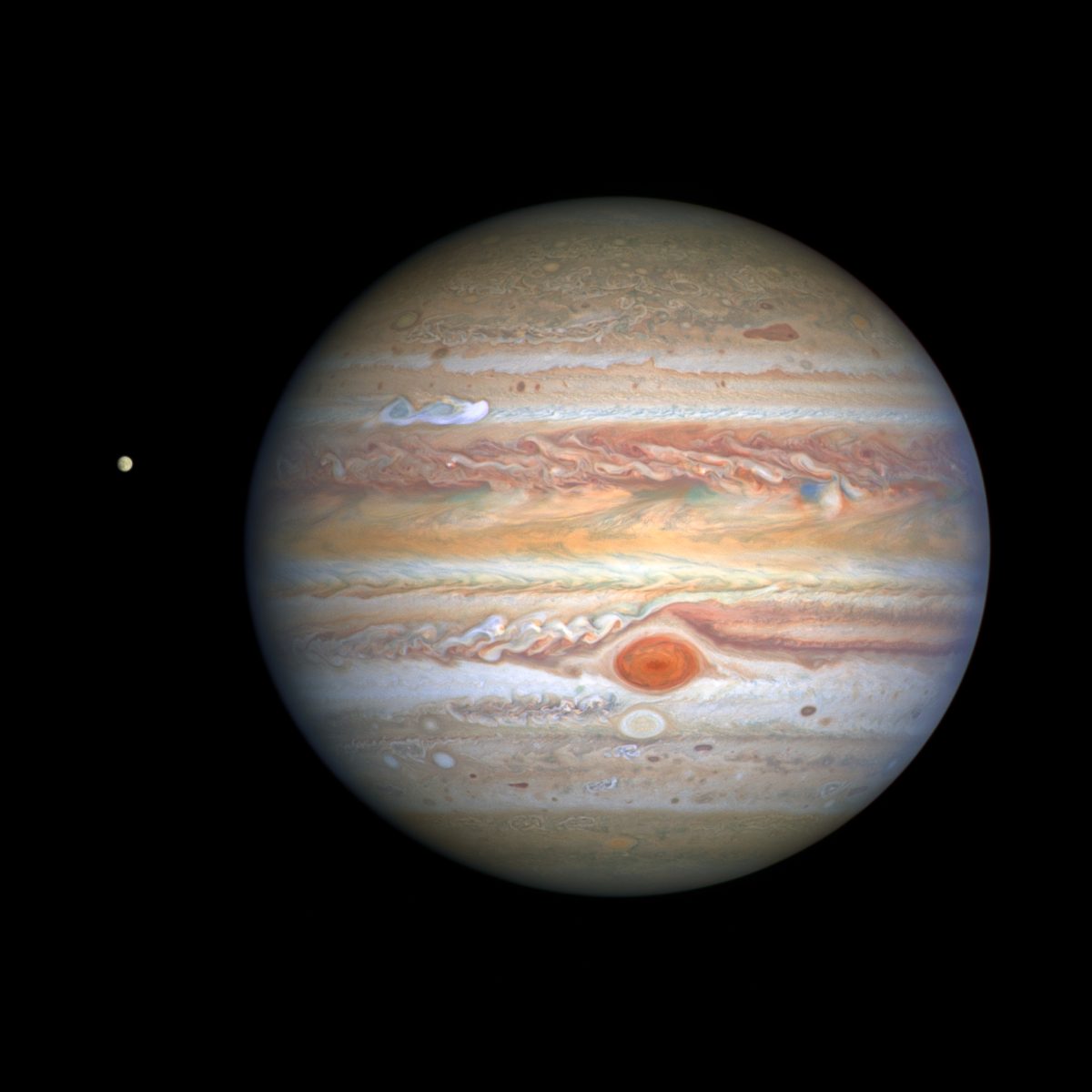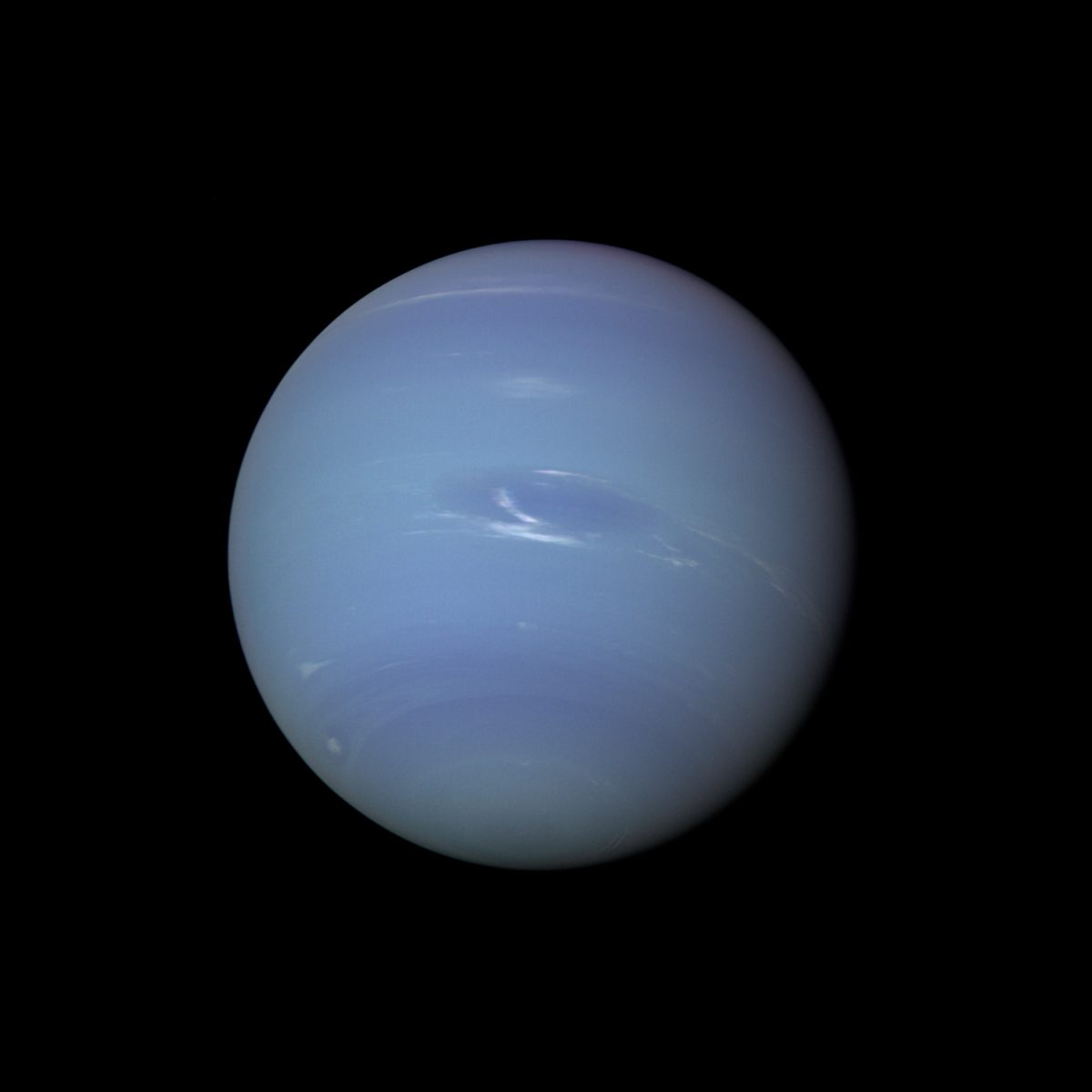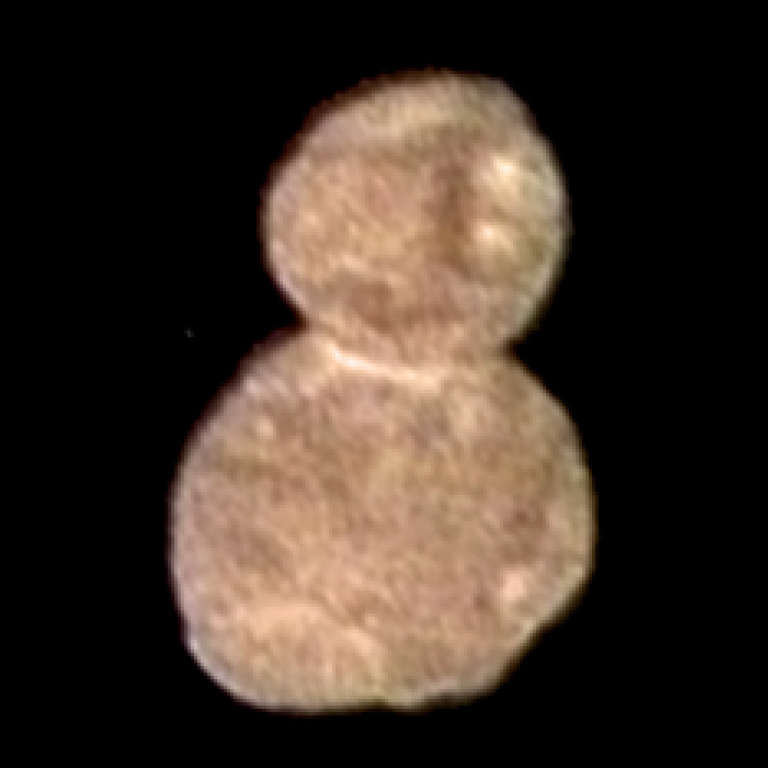All
All
Stories, updates, insights, and original analysis from The Planetary Society.
What are binary asteroids?
Binary asteroid systems can be found near Earth, in the main asteroid belt, beyond Neptune, and more.
The hottest and coldest places in the Solar System
The worlds of our Solar System run the gamut of temperatures. Here are some of the hottest and coldest places we know of.
Is Planet X/Planet Nine real?
Planet X and Planet Nine are planets that have, at one time or another, been thought to exist in our Solar System. Both were hypothesized to explain the orbital characteristics of smaller outer Solar System bodies.
Way out there
We’re always learning more about the worlds of the outer Solar System, and even those beyond.
Rocket flight and the five dwarfs
Meet the Solar System’s five official dwarf planets, celebrate two major launches, and find out why planets sometimes seem to go backwards across the sky.
Meet the Solar System's five official dwarf planets
The International Astronomical Union currently recognizes five dwarf planets: Ceres, Pluto, Haumea, Makemake, and Eris.
Extraterrestrial frosts
Frost happens throughout the Solar System, creating beautiful views. Learn why and check out the latest in space news.
Worthy goals for a lifelong love of space
Our new list of Space Life Goals will help inspire your passion for space. Catch up on this week’s space news, and tick off a few goals while you’re at it.
How JWST will reveal our Solar System beyond Neptune
NASA’s James Webb Space Telescope (JWST) will soon give us valuable data on the dozens of distant objects found beyond the orbit of Neptune in a region known as the Kuiper belt.
Not a planet? Not a problem.
Pluto, everyone’s favorite former planet, takes center stage in this week’s Downlink.
Space is always worth the wait
With space missions like JWST and Voyager, decades of development yield decades of discovery.
Jupiter dazzles and Neptune beckons
Feast your eyes on these images from space, catch up on the latest in exploration news, and get the lowdown on what’s up in the night sky.
China Considers Voyager-like Mission to Interstellar Space
The mission includes a flyby of Neptune and measurements of the heliosphere, the electrically charged gas bubble surrounding our solar system
Here's How the Large Synoptic Survey Telescope will Revolutionize Small-Body Science
The LSST is expected to increase the number of known small bodies by more than a factor of 10.
The People Have Voted on 2007 OR10's Future Name!
Gonggong is the fan favorite name for this icy distant world, but the International Astronomical Union's (IAU) Committee for Small-Body Nomenclature has the final say.
2007 OR10 Needs a Name!
It’s time to give 2007 OR10 a name. We’re asking for your help to pick a suitable name for the largest as-yet-unnamed solar system world to submit to the International Astronomical Union (IAU).
Looking Back at MU69
A crescent view of MU69 reveals its bizarre shape. Let's look at lots of other fun-shaped space crescents.
A few new images of MU69
New Horizons is back in action after going quiet for a period of solar conjunction following the 1 January flyby of 2014 MU69 (informally nicknamed
MU69 appears as a bi-lobed baby comet in latest New Horizons images
The latest images downlinked from New Horizons show MU69 to be a textbook example of a contact binary. How do contact binaries form? Updated with images released on 3 January.
Happy New Year! The New Horizons flyby was successful!
New Horizons has


 Explore Worlds
Explore Worlds Find Life
Find Life Defend Earth
Defend Earth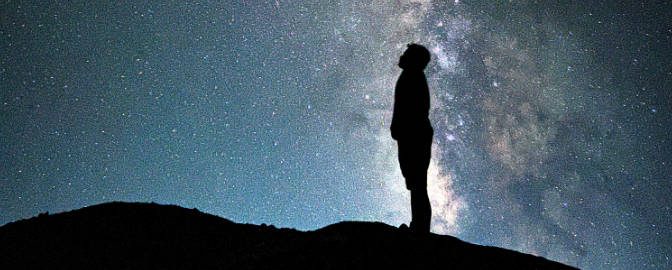


 Sun
Sun Mercury
Mercury Venus
Venus Earth
Earth Mars
Mars Jupiter
Jupiter Saturn
Saturn Uranus
Uranus Neptune
Neptune Small Bodies
Small Bodies